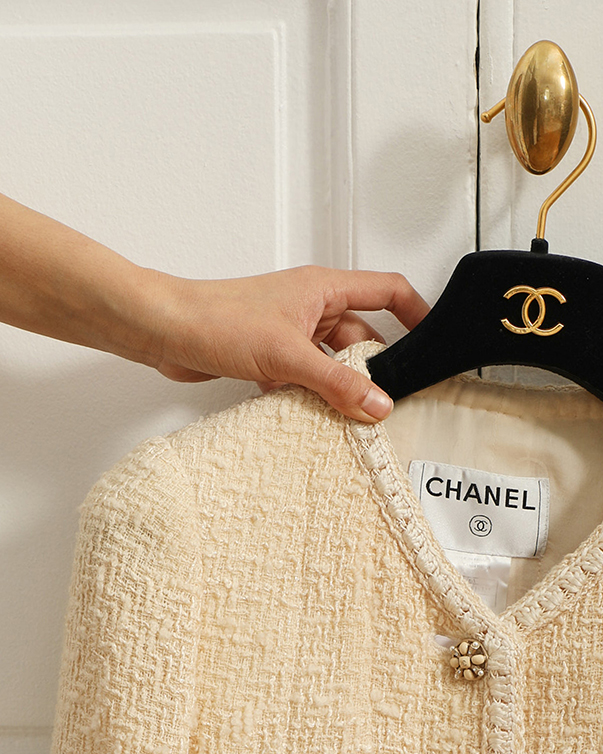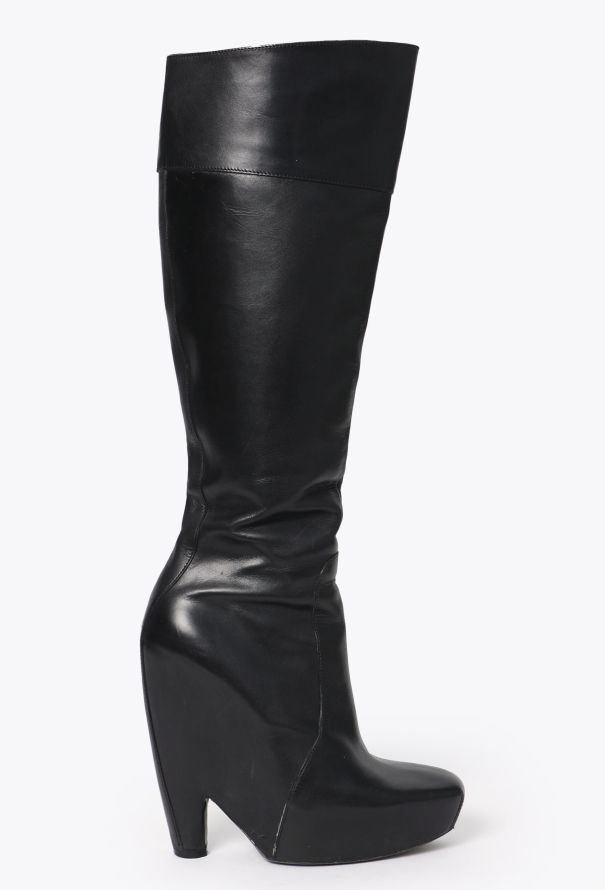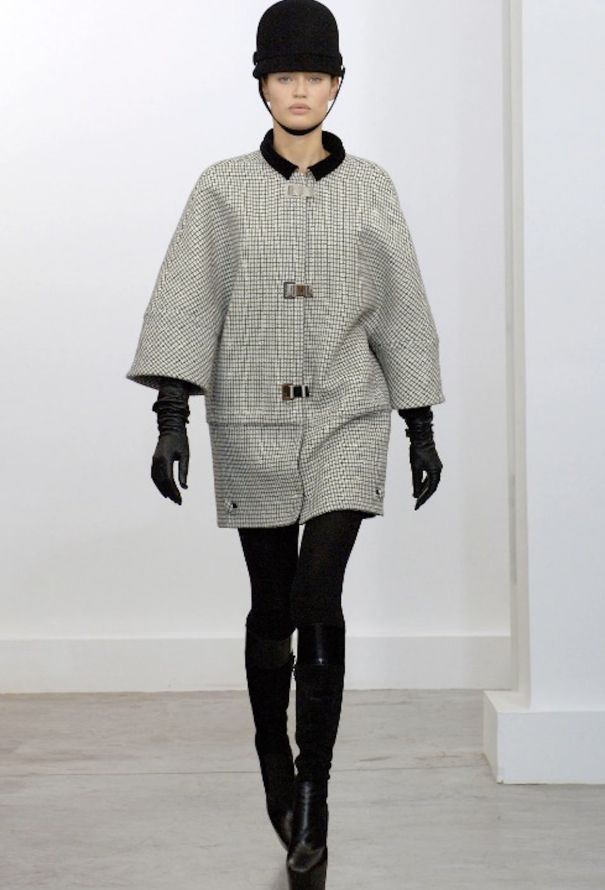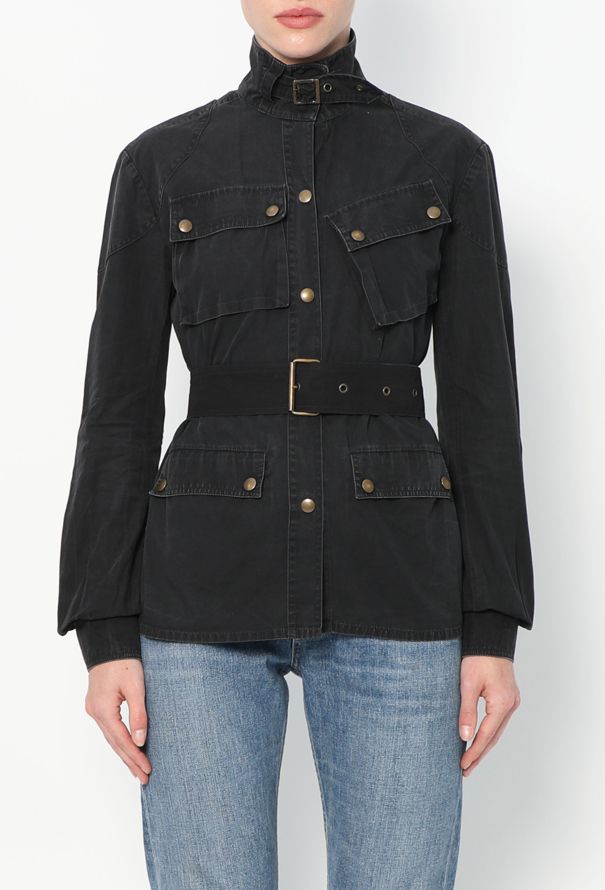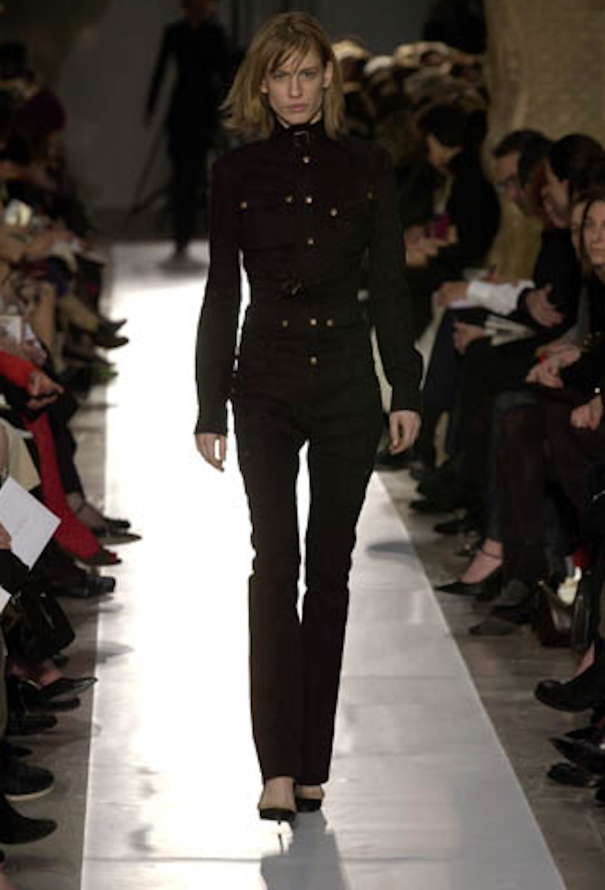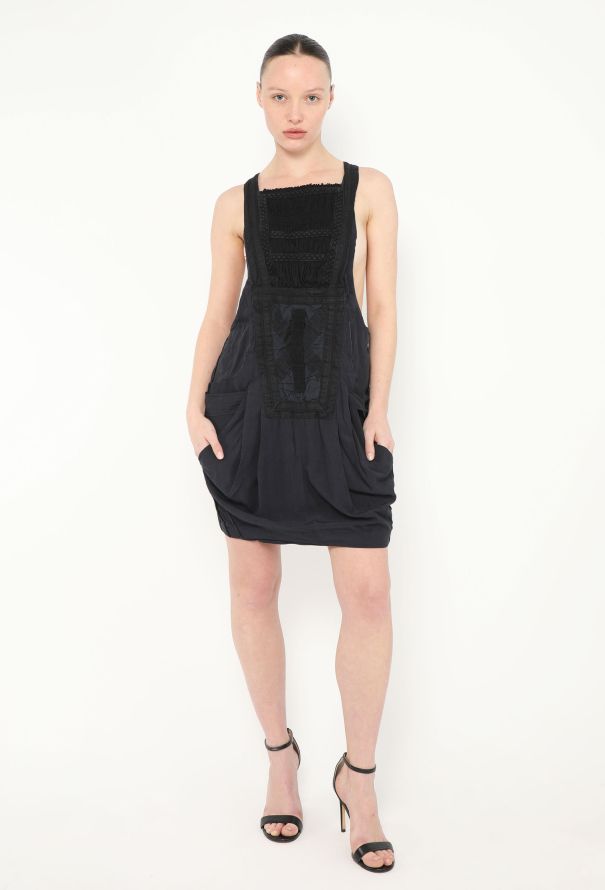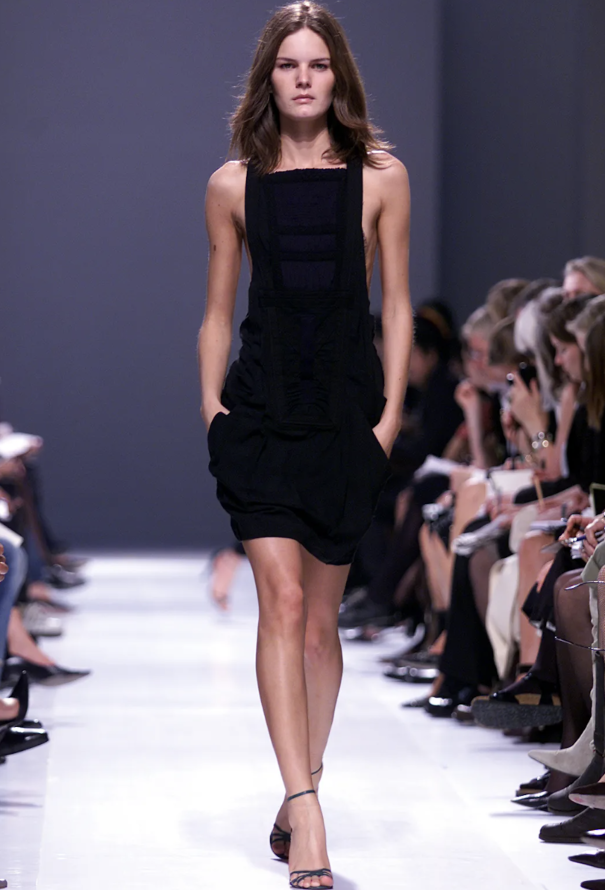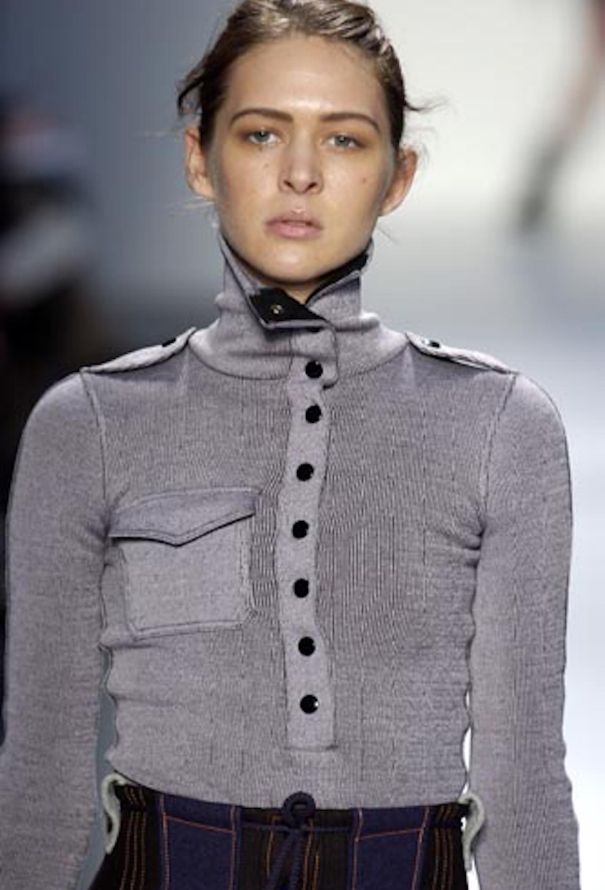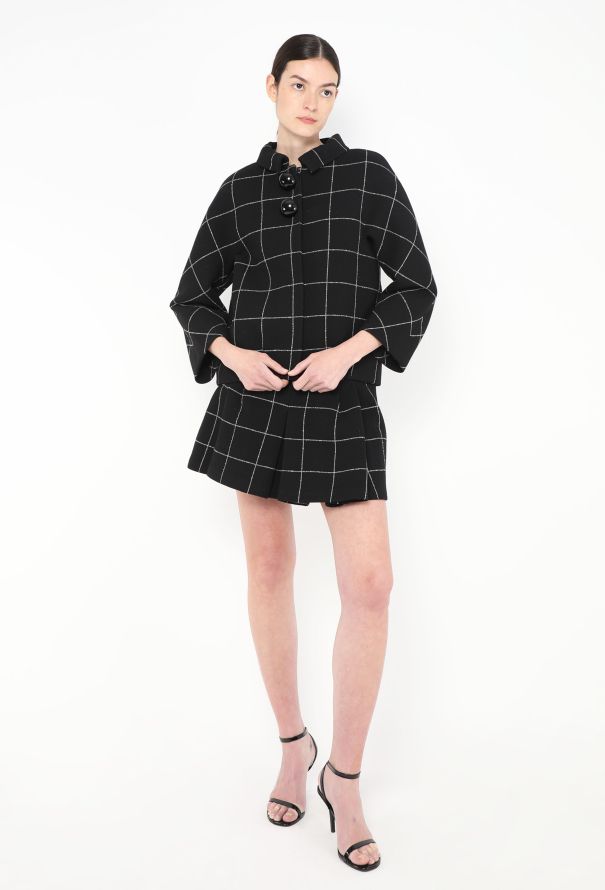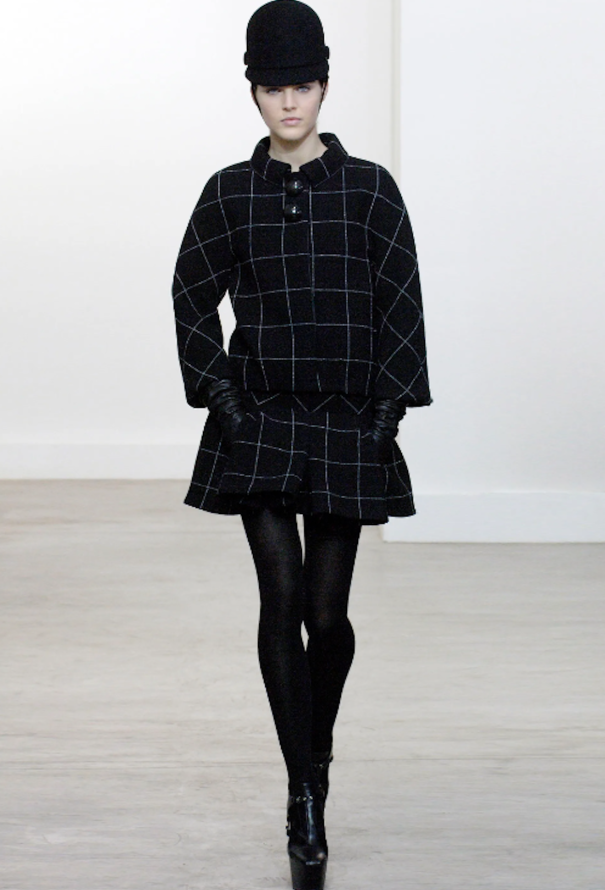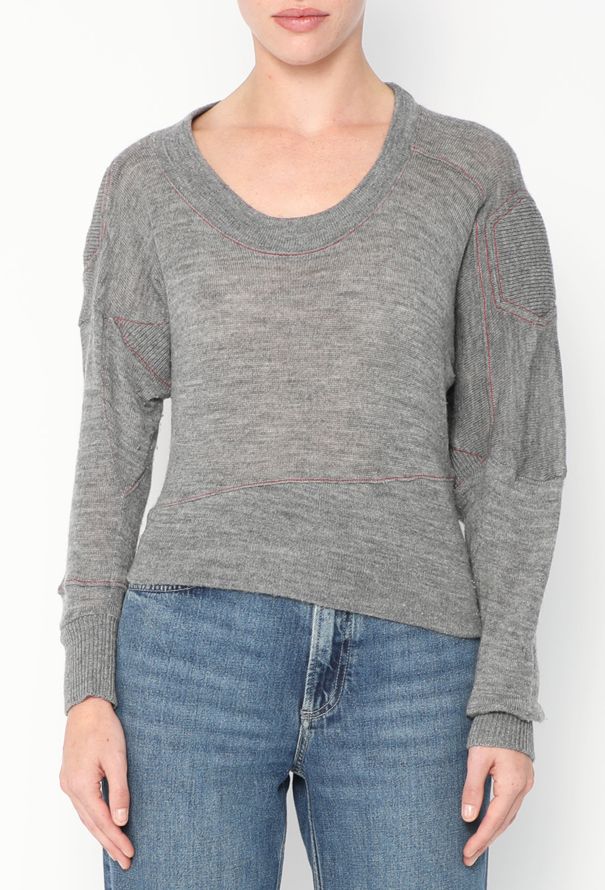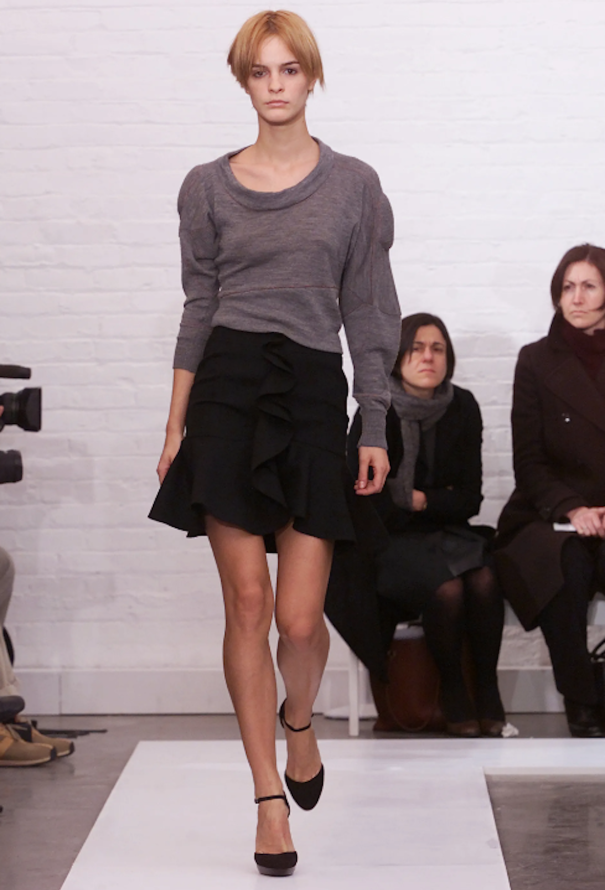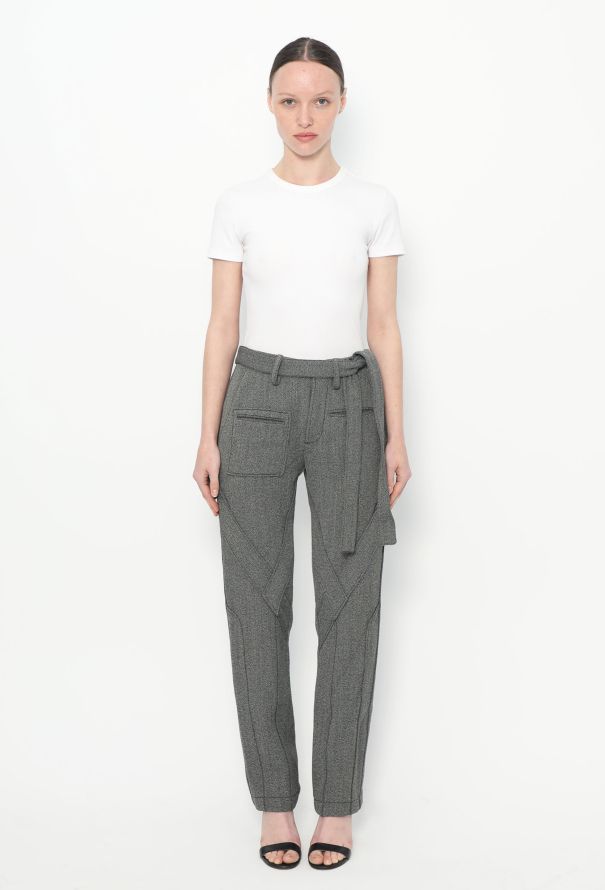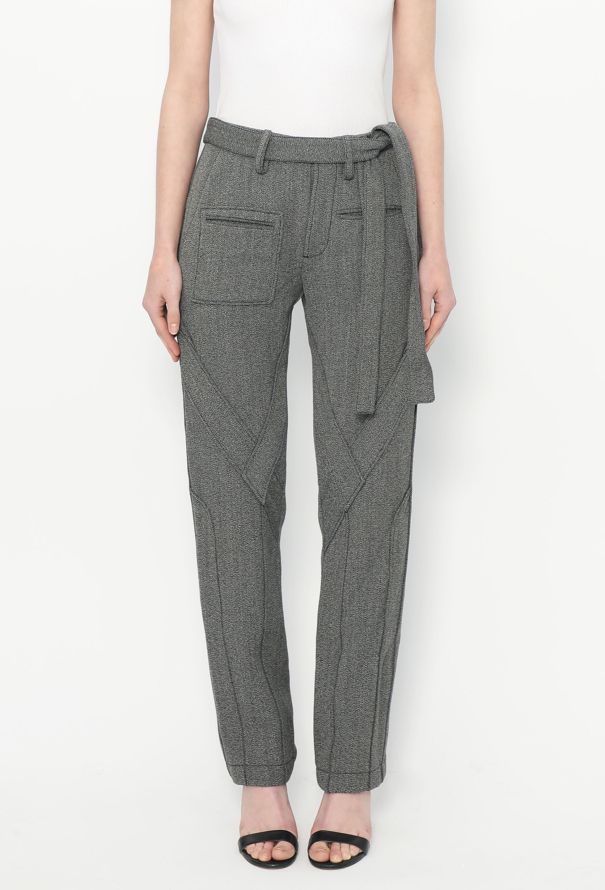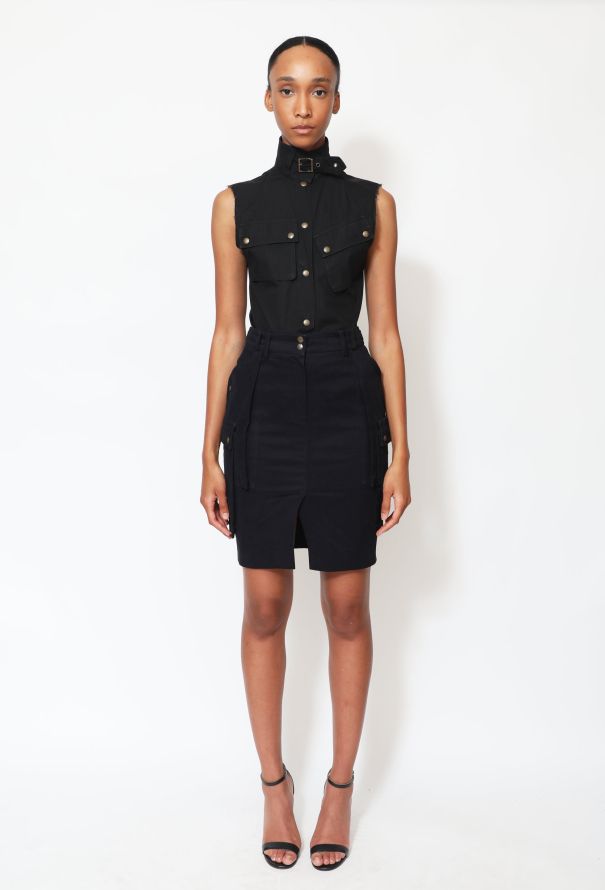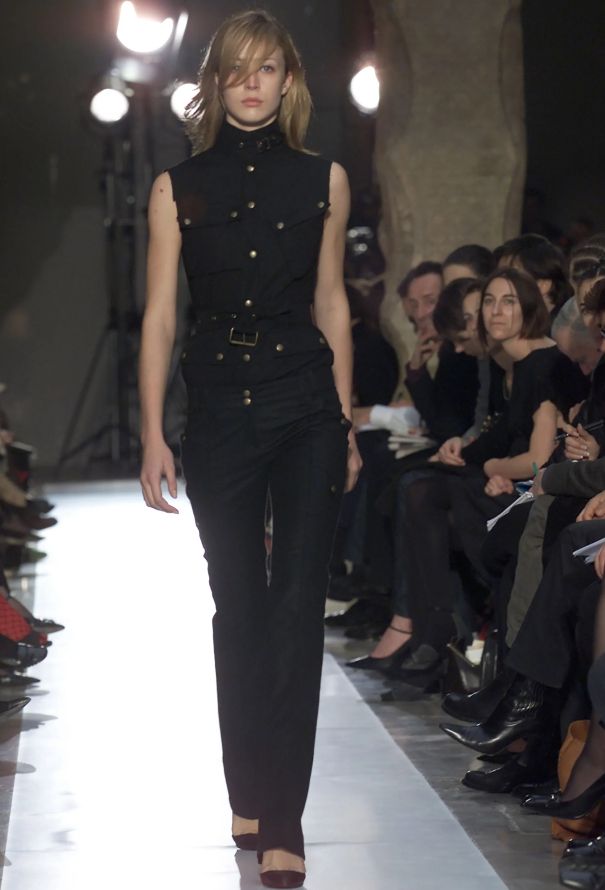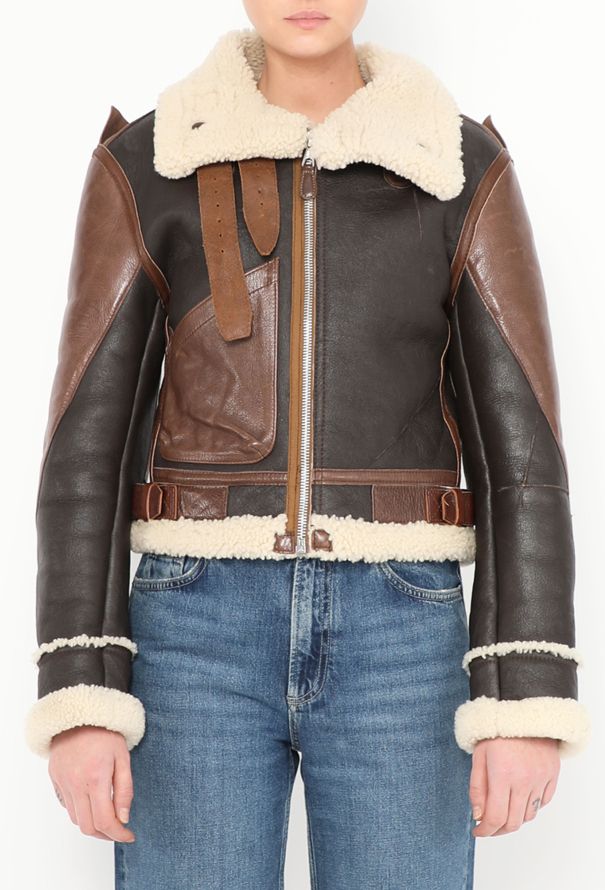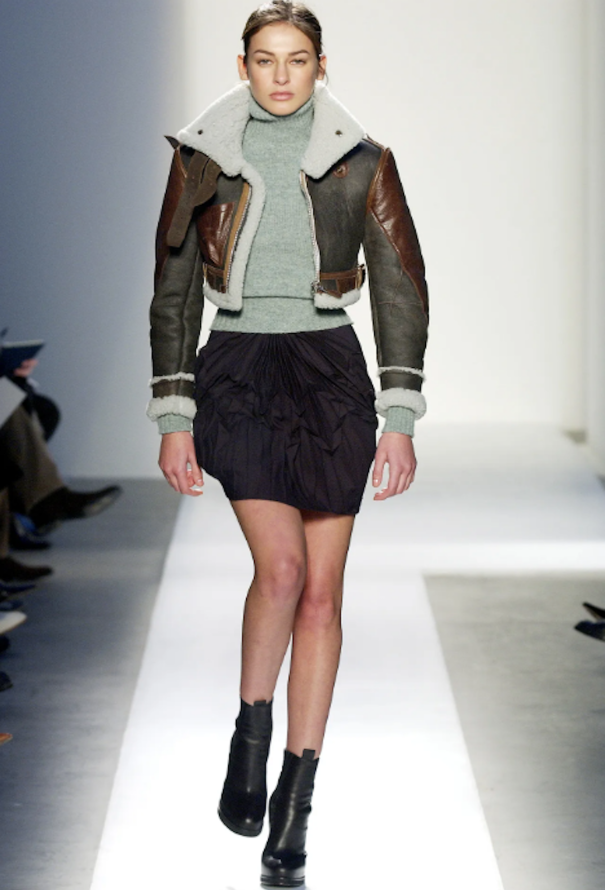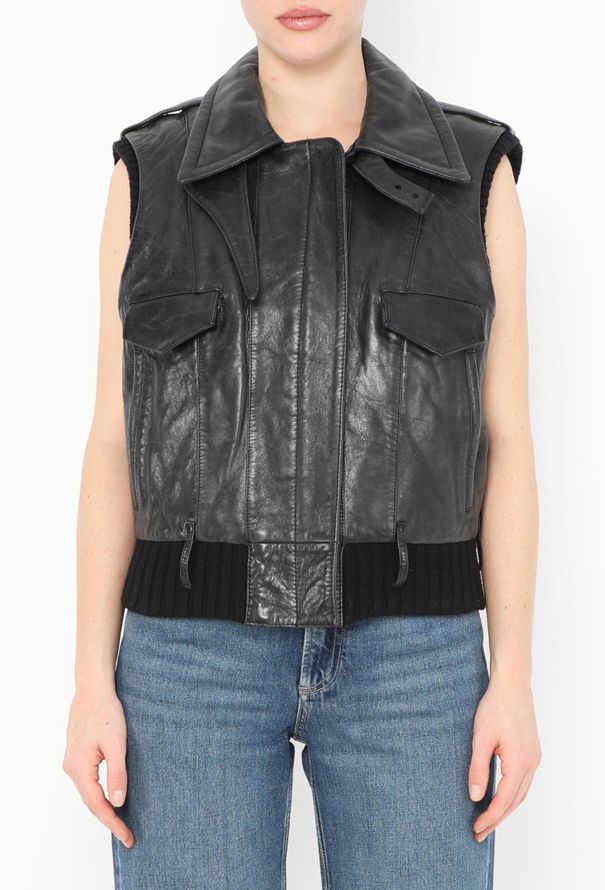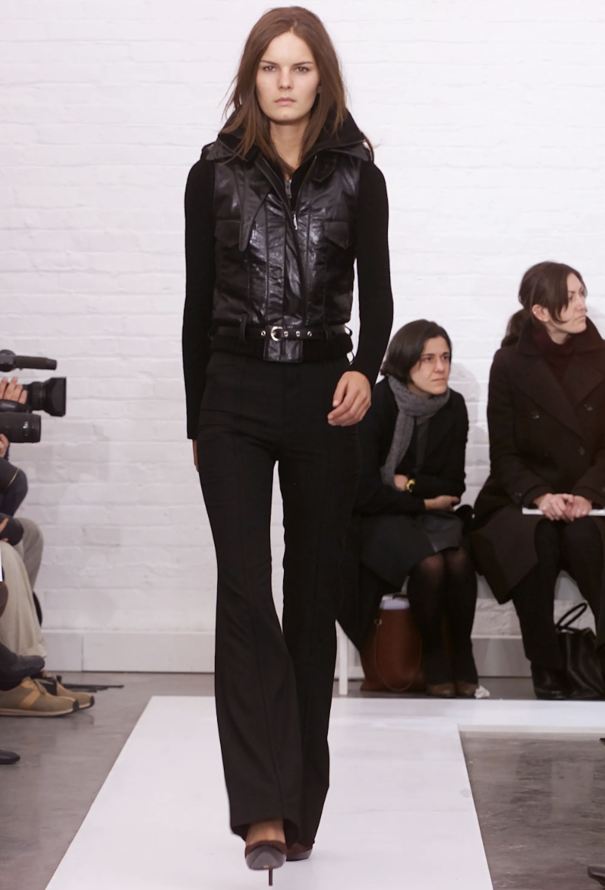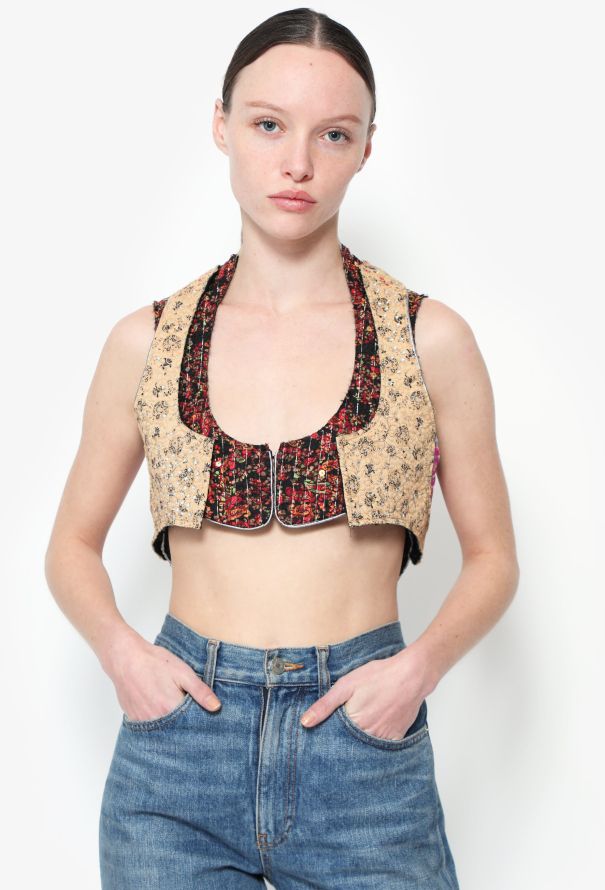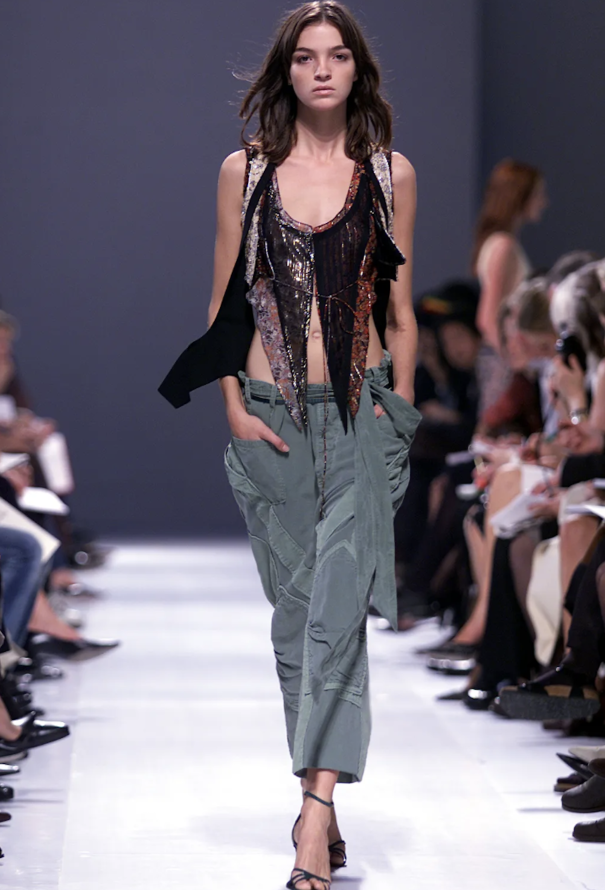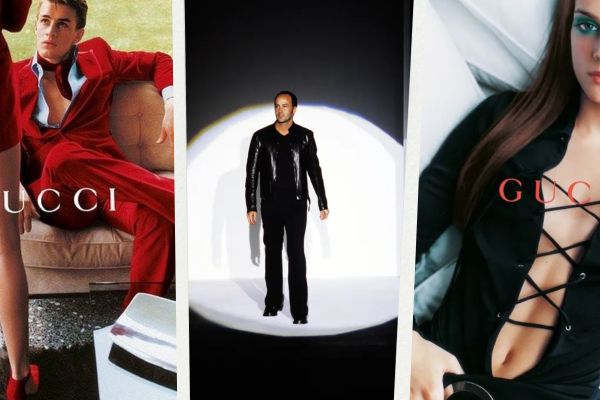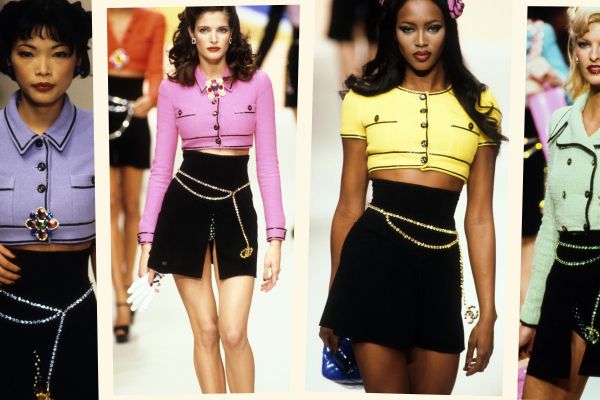Nicolas Chesquière for Balenciaga | OFF the RACK | Episode 1


Dans cet épisode de OFF the RACK : Inside the ReSee Archive, nous parlons de Nicolas Ghesquière pour Balenciaga, et explorons comment sa réinvention audacieuse de la maison à la fin des années 90 a fusionné innovation, structure et modernité, redéfinissant ainsi l’avenir de la mode.
When appointed creative director at Balenciaga in 1997, the young designer broke away from the opulent trends of the late ’90s with his thirst for experimentation and technique.
For us at ReSee, Balenciaga by Nicolas Ghesquière has become synonymous with a sense of power; as if putting on one of his forceful, intricately crafted pieces transforms us into an urban warrior of sorts. There is almost a sense of ritual to wearing his items, and yet, as treasured as they are, they remain of utmost relevance.
Rather than relying solely on the house’s archives, he brought in his inner design circle—shoe designer Pierre Hardy, stylist Marie-Amélie Sauvé, and artist Dominique Gonzalez-Foerster—and experimented with textures and silhouettes to create magical, unexpected clothing. Muted in palettes of black, grey, and beige but powerful in form and structure, pieces from this time—and up until the brand was acquired by Gucci Group (now Kering)—were produced under the “Le Dix” label, with campaigns shot by then up-and-coming photographers Inez & Vinoodh.
Ghesquière’s vision ignited an urban revival and gained legions of powerful female followers, including Charlotte Gainsbourg and Jennifer Connelly, who were captivated by the subdued hypnotism of the designs. Much like Yves Saint Laurent thirty years before him, Ghesquière revisited the functionality of utilitarian pieces, marrying them with high fashion. The Spring 2002 collection captured this abstraction of high-low with stonewashed cargo pants paired with exotic, ethnic-inspired patchwork tops.
The cargo pants, in a series of vivid colors—which Ghesquière said were inspired by Hollywood Chewing Gum packs—were stonewashed in a friend’s bathtub and in office washing machines. The collection, which was highly criticized at the time for its ‘hippy’ vintage prints and loose volumes, has gone on to become one of the most highly coveted from Ghesquière’s reign at Balenciaga.
Then came the Fall 2002 and 2003 New York collections. A casual visit to the flea market inspired Ghesquière to create variations of the motorcycle jacket, which later became a hit for the house and was reproduced every year for the next 10 years. The high-waisted, slim, flared trousers cut to perfection led Polly Mellen to say, “A Balenciaga pant looks as good coming as it does going.” For Fall 2003—arguably one of his most pivotal collections—he introduced subtle sci-fi references in volume with innovative fabrics previously seen only in sportswear. Ghesquière studied, reworked, and mastered these fabrics to create the modern armor of the urban woman, with a powerful yet playful undertone.
At the root of every piece of Ghesquière’s work was exquisite tailoring and a vision that was constantly evolving. Almost twenty years later, these early collections have become historical references in the world of fashion—copied by designers and hunted by collectors. The relevance of these pieces is even more poignant today, at a time when fashion has become densely saturated. They remain some of the most thought-provoking, transformative collections that have helped drive fashion forward and continue to be a lasting legacy.
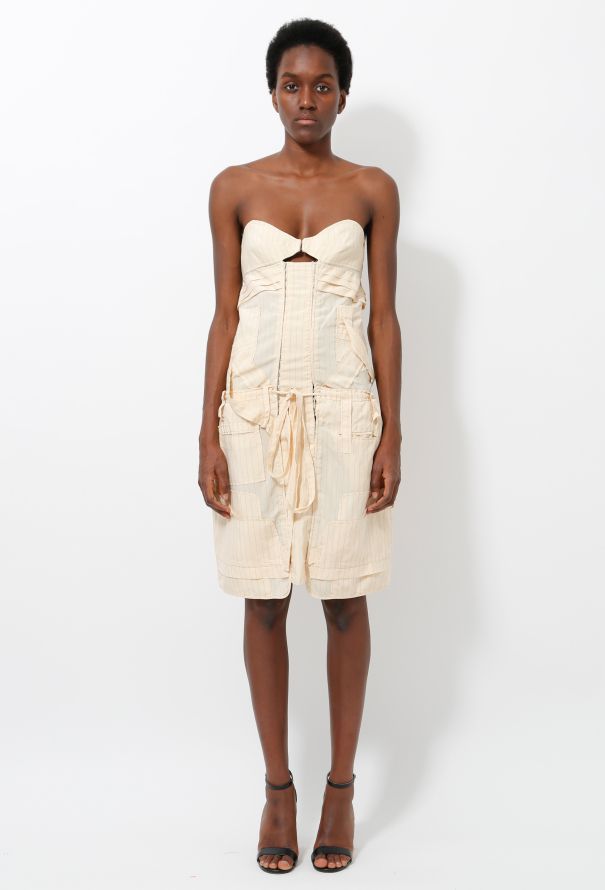
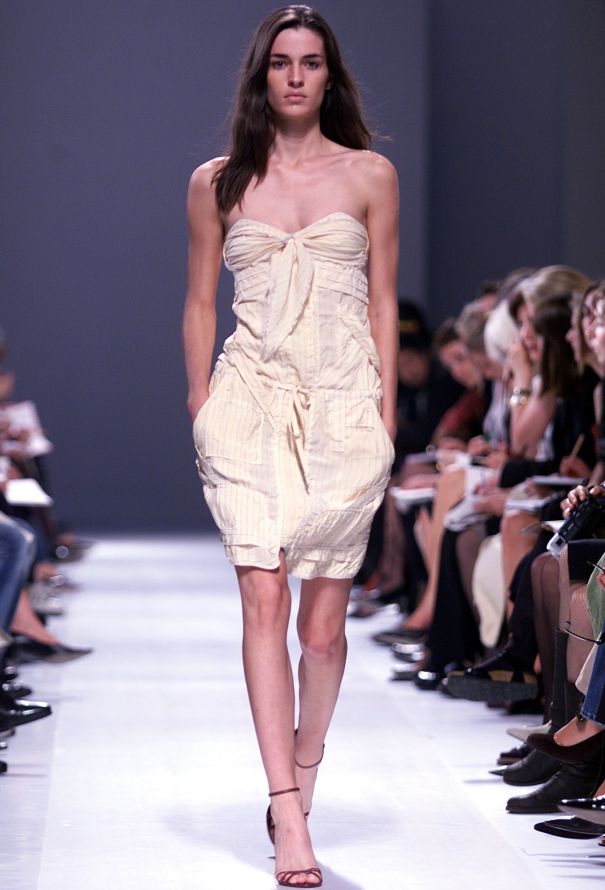
Balenciaga
Robe de bustier de cargaison S / S 2002
Taille: 38 FR
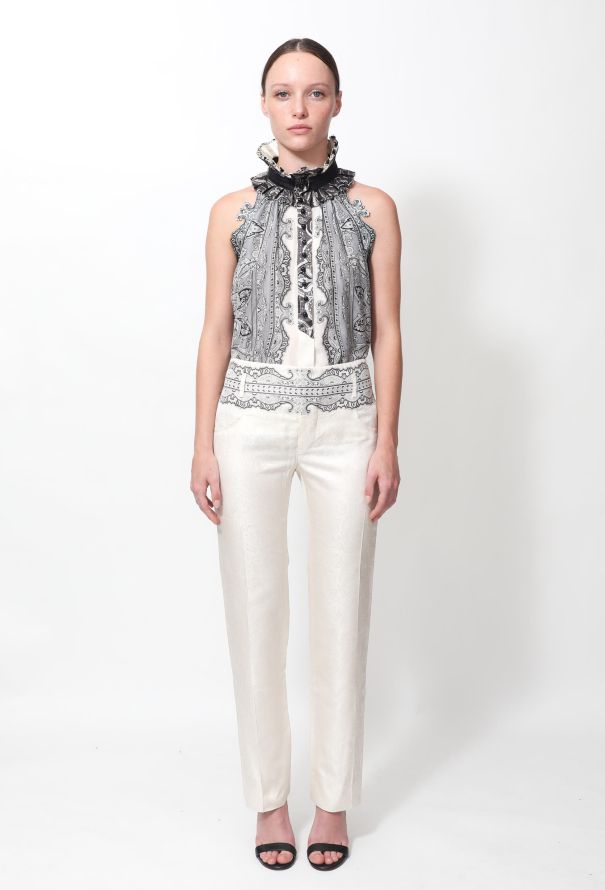
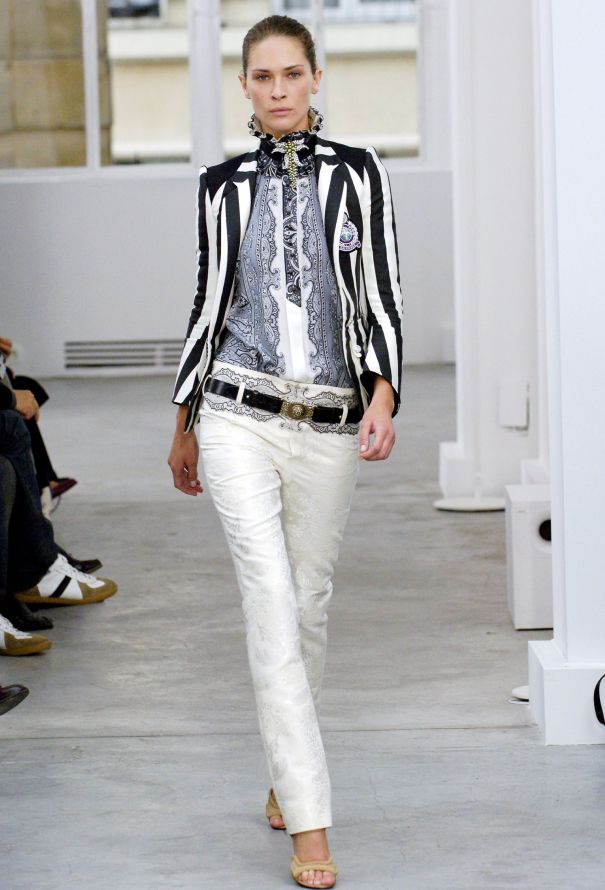
Balenciaga
Chemisier à volants Paisley S / S 2006
Taille: 36 FR
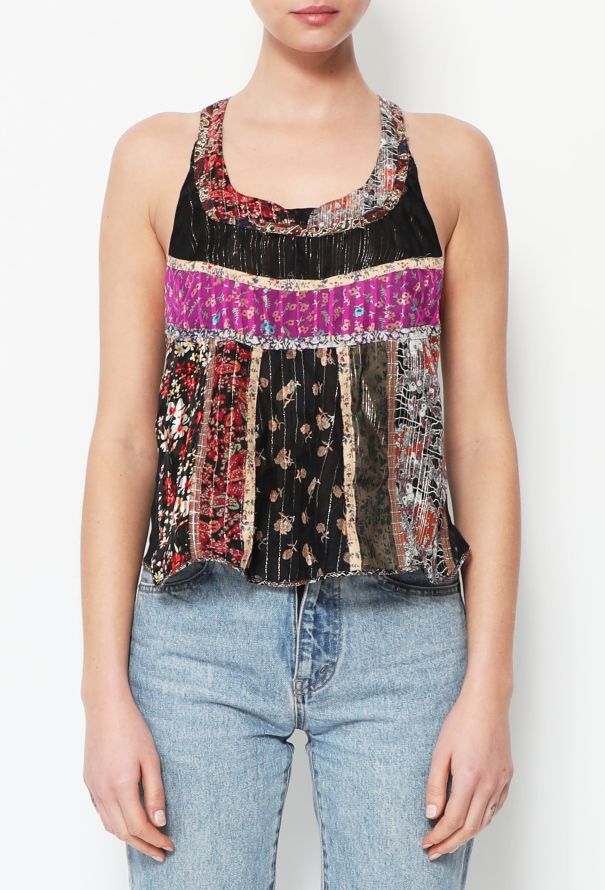
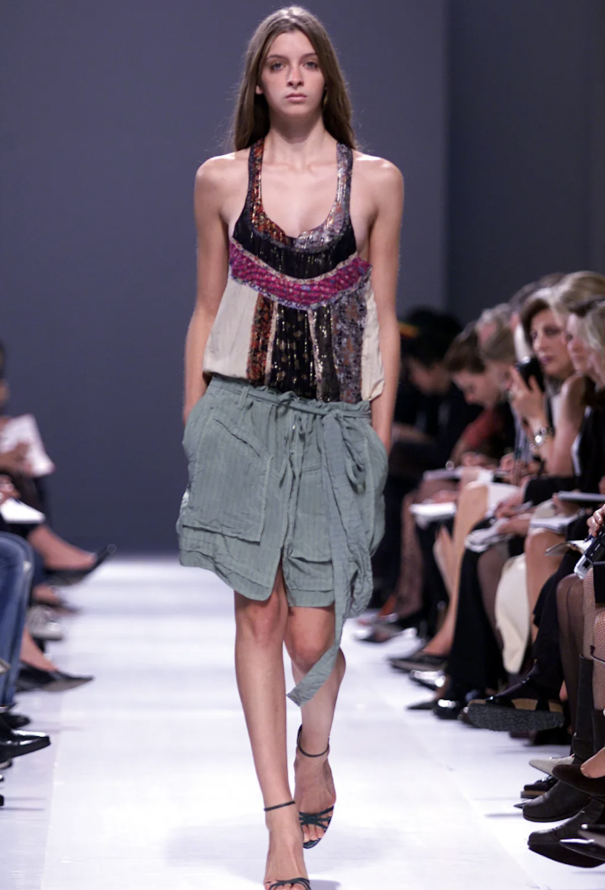
Balenciaga
Collector S/S 2002 Débardeur Le Dix
Taille: 36 FR
Chez ReSee, chacune de nos pièces vintage ont une histoire. Cela en grande partie grâce à notre communauté imbattable de collectionneurs.
Vendez avec nous
